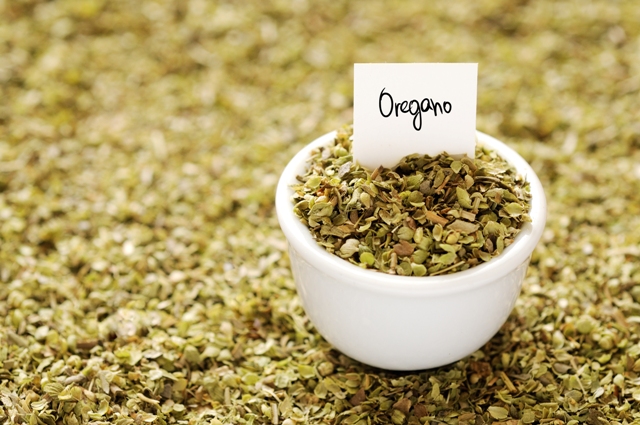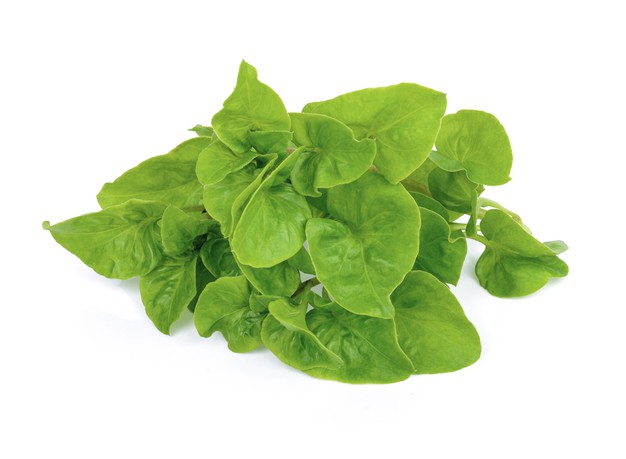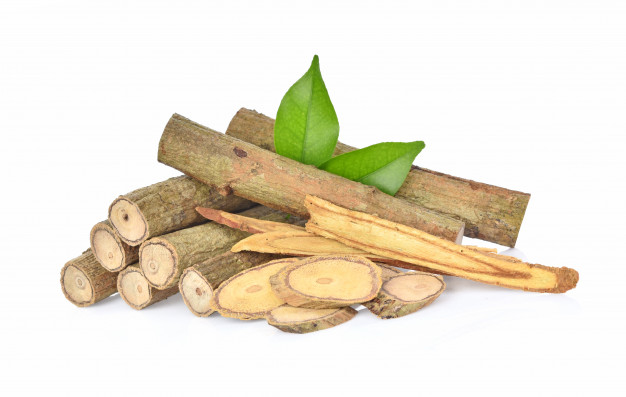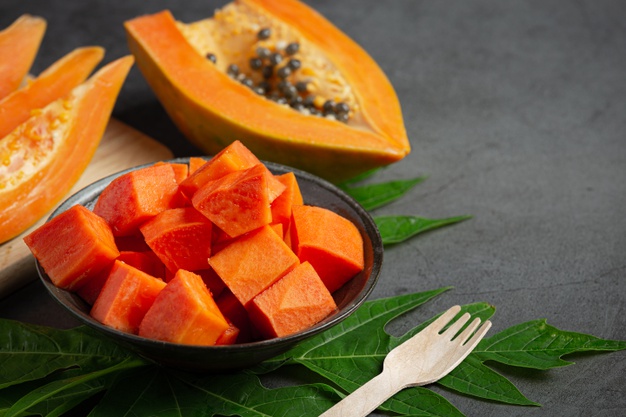Oregano is very popular aromatic herb belongs to Lamiaceae or mint family. The word oregano is derived from a Greek word “oros” that means mountain and “ganos” that means delight. Oregano has been used for centuries to add flavor to dishes and it has been also used for numerous medicinal purposes.
Some important information regarding oregano
- Oregano is considered as one of the most important ingredients of Mediterranean cooking
- There are various types of oregano are available and the most common type is recognized as oregano vulgare, which is also known as wild marjoram and Spanish thyme
- It has olive-green coloured leaf and purple coloured flower. It is extremely popular for its flowering top and dried flavourful leaves
- Its fresh leaves and dried leaves both sare used in cooking and they often used as medicine as well
- Oregano contains various imperative components named carvacrol, terpinene, thymol, caryophyllene, limonene and ocimene, which are accountable for its characteristics flavor
Nutritional profile
- It contains desirable amount of carbohydrate and dietary fibres
- It also contains proteins and especially rich in some amino acids like tryptophan, valine, lysine and arginine
- It contains too some extent of fat as well
- Its macronutrient components are responsible for contributing modest amount of calorie
- It contains several vitamins like Vitamin A, E, K, C and B vitamins especially Vitamin B9
- It is loaded with various important trace elements also, which include calcium, phosphorus, iron, magnesium, manganese and selenium
- It contains numerous important plant compounds like thymol, β-fenchyl alcohol, limonene, carvacrol, caryophyllene, terpinene and ocimene, which are responsible for exhibiting antioxidant, anti-inflammatory, antimicrobial and anti-carcinogenic activities


Biological activity
Antioxidant activity
- It is loaded with antioxidants thus its consumption is thought to be very effective for preventing oxidative stress
- It helps to decrease the concentration of free radicals within body, which ultimately reduces the susceptibility of developing chronic diseases like cancer, diabetes, cardiovascular diseases etc
- It is also related with protecting the body from the harmful effects of reactive oxygen species and lipid peroxidation
- It helps to prevent cellular damages as well thus helps in promoting cellular activity
Anti-inflammatory activity
- Oregano helps in preventing inflammation by decreasing the concentration of inflammatory mediators in body, which are accountable for triggering inflammation
- Carvacrol component of oregano is considered as the main anti-inflammatory component
- It helps in relieving pain as well
- It is also associated with preventing joint swelling thus helps in improving the symptoms of arthritis. It is also related with treating autoimmune arthritis

Anti-carcinogenic activity
- Carvacrol as well as thymol components of oregano are accountable for exerting anti-carcinogenic activities
- We know that oxidative stress is considered as one of the leading causes of cancers and oregano plays vital role in decreasing oxidative stress hence its consumption is thought to be very much useful for reducing the prevalence of carcinoma
- It is also associated with protecting DNA from damages and also inhibits gene mutation, which ultimately decreases the risk of developing cancers
- It helps to destroy malignant cells and also plays significant role in suppressing their growth
- It helps to prevent metastasis as well
- It has seen that consumption of oregano is closely related with reducing the prevalence of skin cancer and breast cancer
Antimicrobial activity
- It exhibits strong antimicrobial activities, which help to inhibit the growth as well as the reproduction of microbes within host as a result decrease the risk of developing infectious diseases
- It is very effective against yeast and helps in suppressing their growth
- It is also associated with destroying bacterial cells and plays significant role in hindering the growth of antibiotic resistant bacteria
- It is extremely useful for preventing food borne diseases and skin infections

Health benefits
Role on digestive health
- It plays vital role in promoting overall digestive health
- It helps to improve gut health as well
- It is very effective for inhibiting microbial infestation within gastrointestinal tract as a result decreases the prevalence of diarrhoea, abdominal distress, stomach cramping, flatulence, bloating, nausea, vomiting etc
- It helps to prevent indigestion as well
Role on mental health
- It has seen that consumption of oregano is closely associated with improving mental health status as it helps to provide calmness to the body, which helps in decreasing stress as well as anxiety
- It also helps in preventing depression and helps to enhance mood
- Its antioxidant as well as anti-inflammatory activities are accountable for protecting nerve cells from damages, which ultimately help to lower the risk of developing neurological disorders
Hypoglycemic effects
- Consumption of oregano or its extract is extremely useful for decreasing the blood sugar concentration as it exerts potent hypoglycemic activity
- It plays important role in stabilizing blood sugar level by regulating insulin resistance
- It is also associated with regulating those genes, which are responsible for affecting fat and carbohydrate metabolism
- It is very effective for improving the symptoms of type 2 diabetes


Hypolipidemic effects
- Its consumption helps in decreasing total fat percentage of body
- It especially helps to decrease the level of LDL, VLDL and triglyceride, which ultimately helps in improving cardiac health and functionality as low level of cholesterol significantly, decreases the prevalence of fat deposition within blood vessels as a result lowers the susceptibility of atherosclerosis and coronary artery disease
- Its lipid lowering activity is also helpful for inhibiting fatty infiltration of hepatic cells as a result reduces the prevalence of hepatic cell necrosis that improves hepatic functionality
Role on skin
- It contains various imperative nutrients that provide proper nourishment to the skin and makes the skin healthy and supple
- It helps to protect the skin from free radical induced oxidative damages as well, which ultimately helps in preventing ageing
- It also helps to prevent acne
Role on hair
- It helps to make the hair strong and strengthen
- It is associated with enhancing blood circulation to the scalp, which ultimately promotes hair growth
- It also helps to reduce dandruff
Therapeutic uses

It has been widely used for several therapeutic purposes, which include –
- It is used for preventing normal cough, cold and flu
- It is also associated with decreasing the prevalence of respiratory disorders like asthma, bronchitis, croup, chest congestion, sore throat etc
- It helps in accelerating the wound healing process and also protects the site of wound from microbial infestation thus decreases the risk of sepsis
- It helps to provide quick relief from headache
- It is also related with preventing muscle pain
- It helps in preventing menstrual cramp as well
- It helps to improve the symptoms of urinary tract infections
- It is also related with inhibiting fat accumulation within body thus its consumption is thought to be very effective for decreasing the risk of developing visceral obesity
Culinary uses
- Meat or chicken dishes can be sprinkled with oregano before consumption for enhancing the flavor of the dish
- It can be used in stuffing
- It can be used in marinades as well
- It can be consumed with salads
- It can also be added on pizza
- It can be used for preparing vegetable dishes as well
Risk factors
Too much consumption of oregano is not wise for health as it may develop digestive disorders and allergic reaction.


Source:
Gutiérrez-Grijalva, E.P., Picos-Salas, M.A., Leyva-López, N., Criollo-Mendoza, M.S., Vazquez-Olivo, G. and Heredia, J.B., 2018. Flavonoids and phenolic acids from oregano: Occurrence, biological activity and health benefits. Plants, 7(1), p.2.
Harini, N.S., 2014. Oregano: a Wonder Herb. Journal of Pharmaceutical Sciences and Research, 6(3), p.127.
Pappas, G., Market, O.G., Pappas, G.C., Ad-Free, R. and Subscriber, F.A.Q., Greek Oregano: Health Benefits, Uses and History of This Joyful Herb.
Singletary, K., 2010. Oregano: Overview of the literature on health benefits. Nutrition Today, 45(3), pp.129-138.
Timothy, C.N., Priya, V.V. and Gayathri, R., 2018. Phytochemical analysis and total phenolic content of Origanum vulgare (oregano). Drug Invention Today, 10(10).
Veenstra, J.P. and Johnson, J.J., 2019. Oregano (Origanum vulgare) extract for food preservation and improvement in gastrointestinal health. International journal of nutrition, 3(4), p.43.









